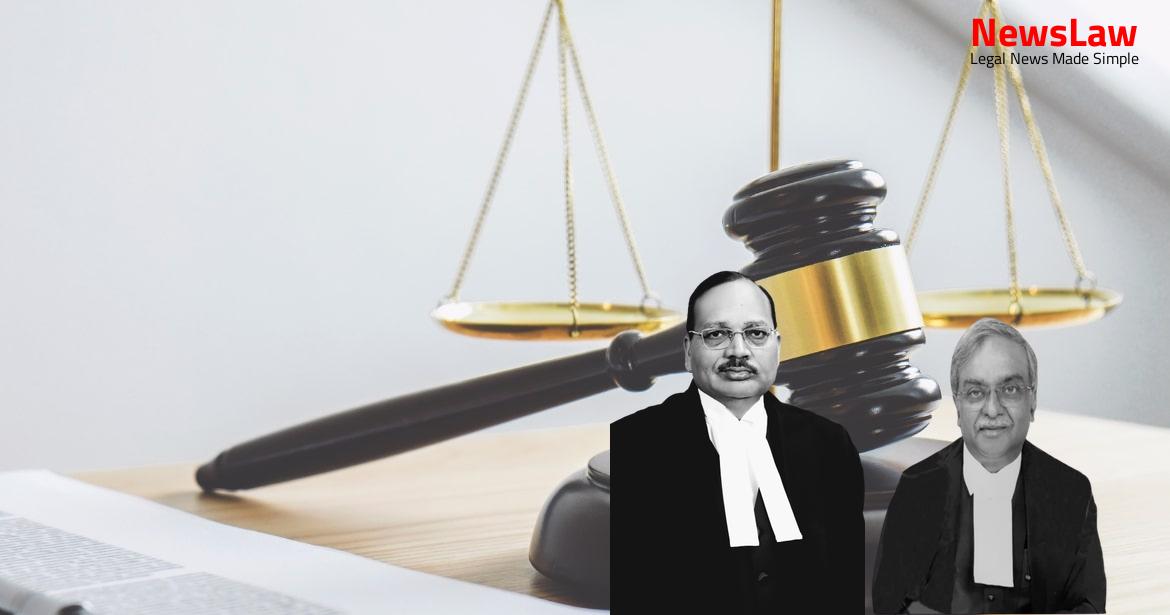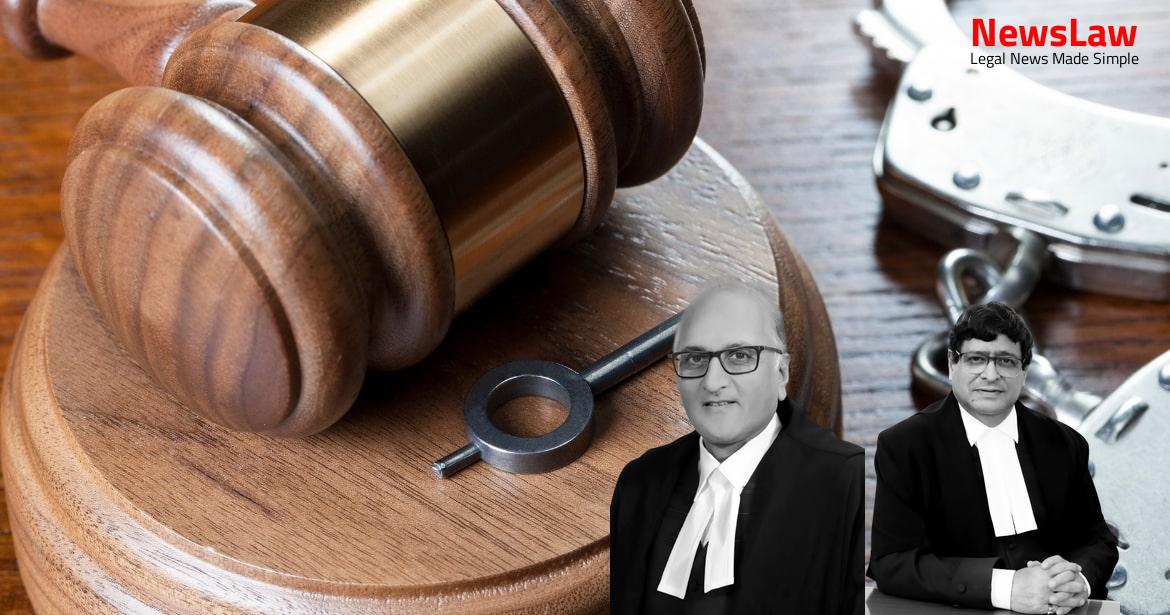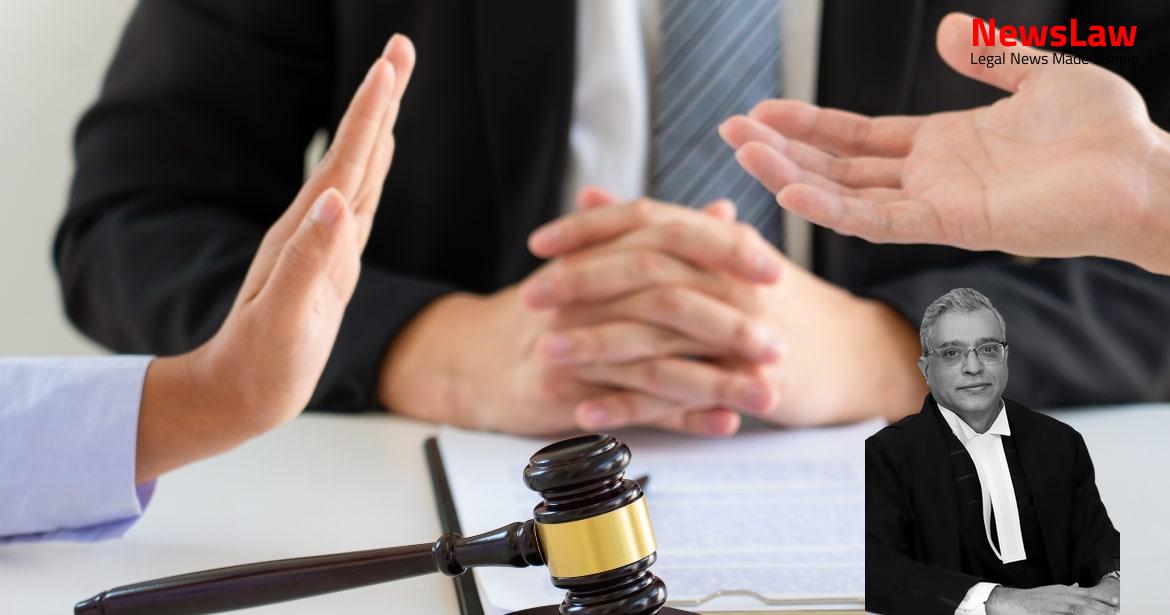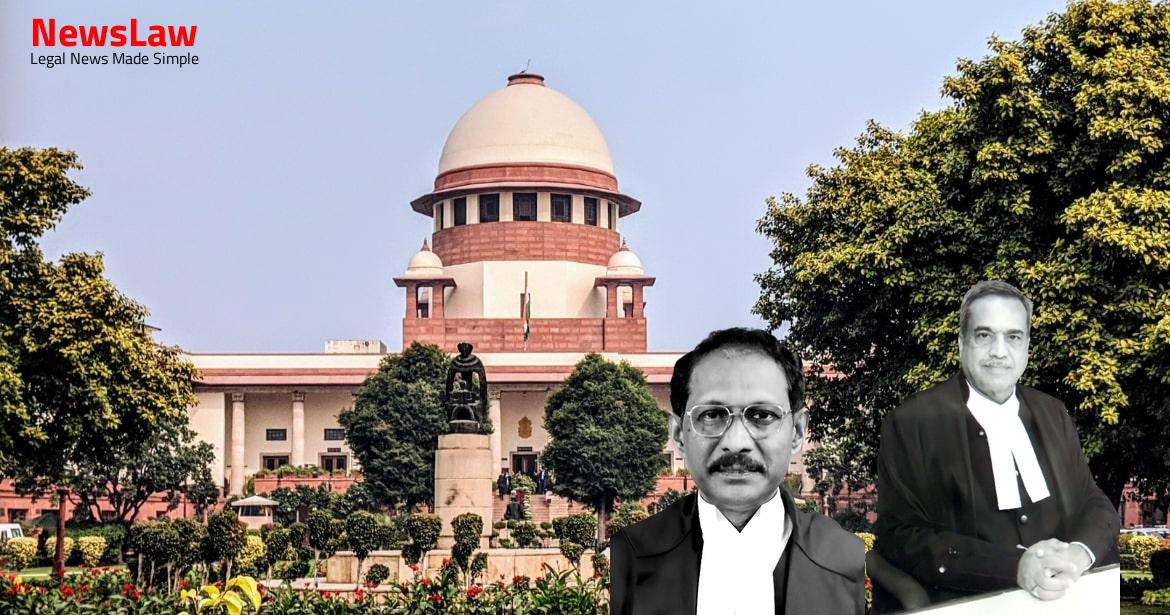Explore the complex legal analysis surrounding the crucial balancing act between development and environmental protection in our latest blog post. The court’s detailed examination of environmental concerns, road construction, and disaster management measures provides valuable insights into the challenges and considerations at play in this particular case.
Facts
- Professor Chopra highlighted reports of tree-felling and hill-cutting on NH-58, NH-94, etc., based on old road-width standard
- History of litigation involving multiple proceedings before National Green Tribunal and the Court
- HPC directed to submit recommendations report in four months
- Project aims to widen roads of approximately 900 kms of national highways for safer, smoother, and faster traffic movement
- Shrines like Badrinath and Gangotri now accessible by vehicles since the 1960s
- Improvement in road connectivity to shrines led to increased worshippers’ influx
- Chardham Mahamarg Vikas Pariyojna announced by Ministry of Road Transport and Highways in 2016
- Letter from Professor Chopra urging strict compliance with Court’s order dated 8 September 2020
- The Court ordered the 11th meeting of the HPC to be held on 15 and 16 December 2020.
- The HPC Report’s conclusions were mostly unanimous except for the width of the road.
- Guidelines recommend a two-lane uniform design for hill roads and strategic border roads.
- Amendments made to the 2012 BESZ notification allowed work on national security infrastructure without environmental impact studies.
- Mitigation measures have been implemented to minimize environmental damage by the Project.
- Security concerns regarding widening strategic roads were addressed, considering the needs of the Army and border areas.
- The 2018 MoRTH Circular was directed to be followed for the entire Project, including ongoing work.
- The HPC considered arguments from the MoD, emphasizing the need for disaster-resilient roads and wider roads for defence requirements.
- A toll booth acquisition proposal by MoRTH was mentioned in a recent notification.
- The HPC also discussed the strategic importance of national highways and concerns raised by District Magistrates and Rapid EIA reports.
Also Read: Electoral Malpractices in Mayor Election
Arguments
- MoRTH has violated the 2018 circular and the court order by constructing roads and widening highways according to DL-PS standard instead of the IW standard.
- Massive hill-cutting and deforestation activities by MoRTH have caused irreversible damage to the Himalayan environment.
- MoRTH continued hill-cutting, tree-felling, tarring, and other activities despite the court order to stop.
- MoRTH has only agreed to implement the court order for 13 projects where work has not yet started.
- Respondent argues that the need of the Army will be better served by disaster-resistant roads of a smaller dimension.
Also Read: Balancing Power and Transparency: Electoral Bonds Struck Down, Disclosure Mandated
Analysis
- The analysis section of the judgment delves into the recommendations and concerns raised by the HPC (High-Powered Committee) regarding environmental issues, road construction, and disaster management measures related to a specific project.
- The HPC pointed out issues such as poor management of subsurface flows, improper culvert construction, unauthorized muck dumping, and lack of wildlife protection measures.
- Recommendations included conducting comprehensive studies on wildlife movement, carrying capacities, and climate vulnerability risk assessment, as well as implementing protective measures like breast walls and slope protection.
- The HPC emphasized the need for safe disposal of muck, stabilizing slopes, and conducting continuous air quality monitoring at key locations like Char Dham sites.
- The analysis recognized the importance of balancing strategic and environmental concerns, ensuring adequate road width for defense operations while also addressing ecological fragility in areas like the Himalayas.
- It concluded that a comprehensive and environmentally conscious approach was required for the successful implementation of the project, highlighting the value of sustainable development practices and transparency in decision-making.
- The Indian environmental law jurisprudence is rooted in the principle of sustainable development.
- Environmental rule of law provides a framework for adjudicating cases with varying levels of evidence, emphasizing sustainable development.
- Consistent decision-making is crucial for upholding the environmental rule of law.
- In environmental litigation, both development and environmental protection are deemed necessary without a clear winner.
- There is a need to harmonize development and environmental concerns through the principle of sustainable development.
- The principle of sustainable development aims to ensure equity between present and future generations and different sections of society.
- The lack of consensus on how to ascertain if a developmental project aligns with sustainable development may lead to arbitrary metrics and selective application of the principle.
- The adoption of the ‘environmental rule of law’ is recommended to test governance decisions concerning developmental projects.
- Balancing developmental activities and environmental protection can only be achieved through the principle of sustainable development.
- The principle of sustainable development structures development around sustainability to prevent harm to future generations and promote environmental justice and equity.
Also Read: Recall of Resolution Plan Approval: Legal Analysis
Decision
- HPC tasked with overseeing implementation of its recommendations
- HPC to suggest further measures if required
- Formal notification to be issued by UOI within two weeks
- Monthly reports to be submitted to Oversight Committee by MoRTH and MoD
- Oversight Committee to report on progress to Court every four months
- Chairperson of Committee can approach Court in case of implementation issues
- Honorarium for Chairperson and members to be determined by Chairperson
- Payment to be disbursed by MoRTH
- MoRTH and MoD to present steps taken to adhere to recommendations within four weeks
- Projected timeline for complying with remaining recommendations to be provided
Case Title: CITIZENS FOR GREEN DOON Vs. UNION OF INDIA (2021 INSC 885)
Case Number: MA-001925 / 2020



